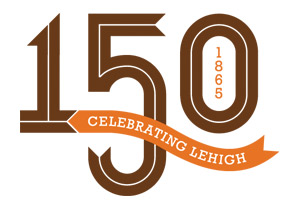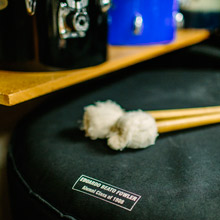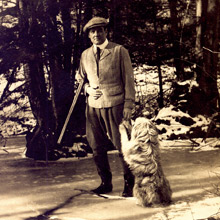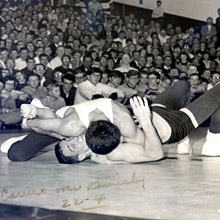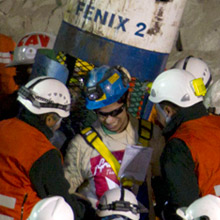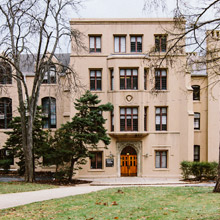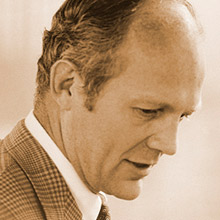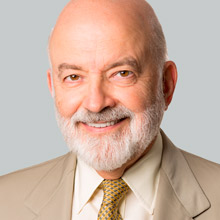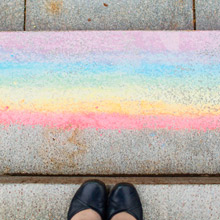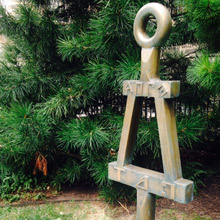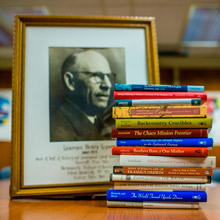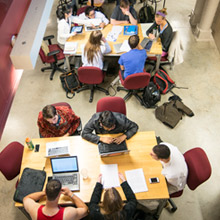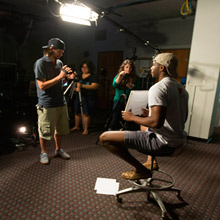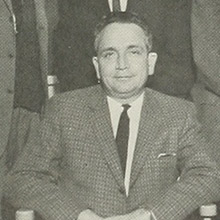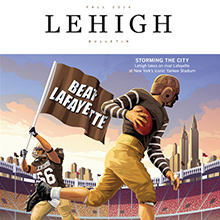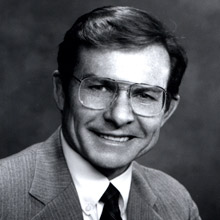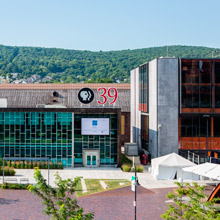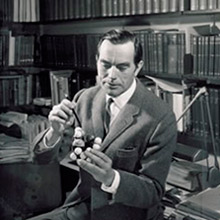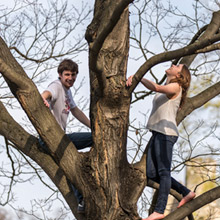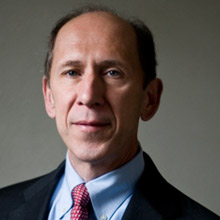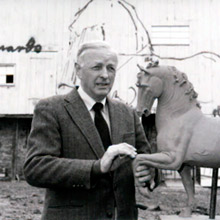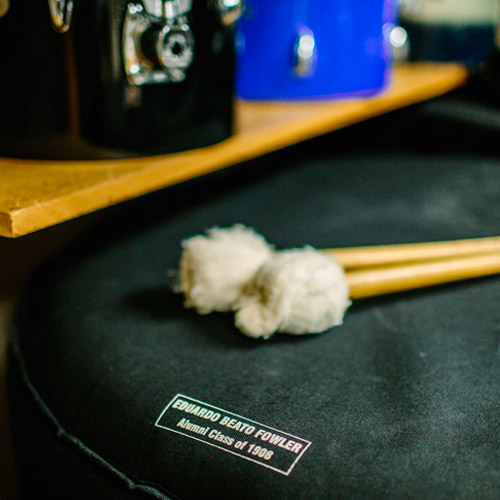
When he came to Lehigh from Cuba, Eduardo Beato Fowler dreamed of becoming his country’s chief railroad engineer. He would go on to surpass that dream. After earning an engineering degree from Lehigh, Beato took part in building two important Cuban harbors—Havana Harbor and Santiago de Cuba Harbor—and helped design and build the bridges on the Carretera Central, the highway that runs the island’s length. Later, as Havana’s chief engineer, he was in charge of all government engineering, with major projects that included the landmark Malecón esplanade.
As a tribute to the man who instilled in him a strong work ethic and a respect for family and country, Beato’s grandson, Fernando Beato, made a special contribution to Lehigh. Take a close look at the covers for Lehigh’s drums and percussion instruments. Many bear the name Beato, and the orchestra bags carry a memorial: “Eduardo Beato Fowler...Class of 1908.”
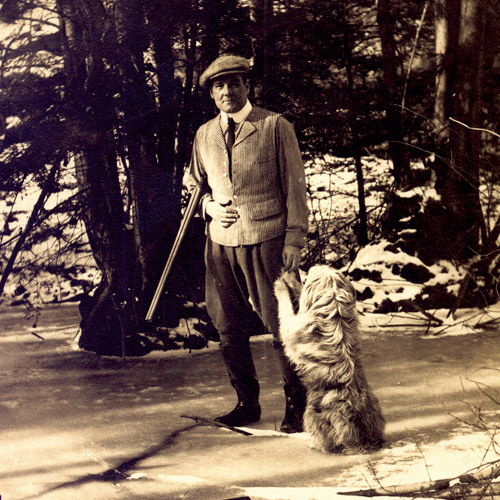
Richard Harding Davis, who attended Lehigh from 1882 to 1884, was one of the most prominent and influential newsmen, novelists and playwrights of his time. Adventurous, he was a war correspondent during many conflicts, including the Spanish-American War, the Balkan Wars and World War I, during which he witnessed the German Army’s advance into Brussels. His vivid accounts dominated headlines and transported readers to the blood-soaked front lines. He counted Theodore Roosevelt among his friends.
While at Lehigh, Davis published his first book, The Adventures of My Freshman. Many of the short stories in that collection had originally appeared in the student magazine, The Lehigh Burr. His report of a cane rush landed him a literary award of $3, from The New York Evening Post. He also played on Lehigh’s first varsity football team and helped found the Mustard and Cheese drama club.
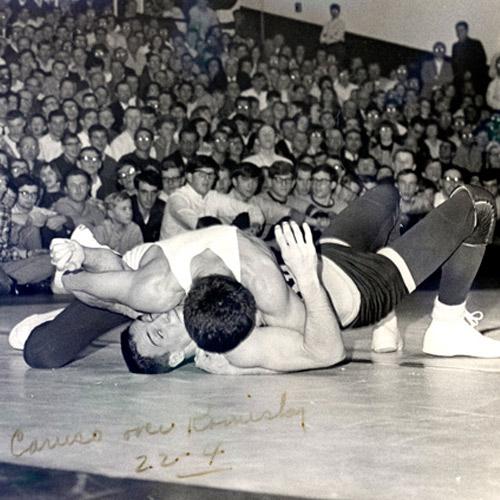
Lehigh boasts proud history in the sport of wrestling, but in the grand history of the program, no wrestler has accomplished more than Mike Caruso ’67.
Caruso arrived on South Mountain as a star in the making, having never lost a match in high school, and only kept winning for Lehigh. He won three consecutive NCAA championships, claimed four Eastern Intercollegiate Wrestling Association titles and compiled an overall record of 57-1. He won his last 50 matches straight for Lehigh—a winning streak record that stands even today. For his achievements, he was honored as a charter member of the Lehigh Sports Hall of Fame.
After graduation, Caruso enjoyed a hugely successful business career. He has been a longtime benefactor of Lehigh’s academic and athletic programs and is the current chair of the Tower Society. The Caruso Wrestling Complex at Grace Hall is named in his honor.
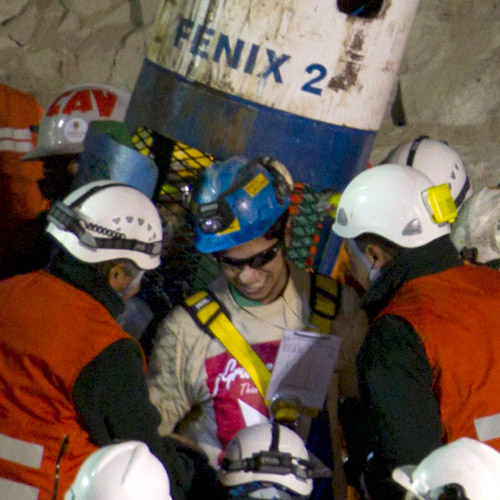
On Aug. 5, 2010 in Chile’s Atacama Desert, 33 Chilean miners were trapped some 2,100 feet below the earth’s surface in a collapse of the San Jose Mine. The story became international news, and engineer Bill Maloney ’80, who had spent his career drilling ventilation shafts in coals mines, felt called to help.
Reaching out to friend Brandon Fisher and others in Chile, he helped develop the plan that led to their rescue 69 days later.
Known as Plan B, it was one of three rescue attempts approved by the Chilean government. It used a “down the hole” hammer — a heavy steel piston with a carbide and diamond-impregnated bit that vibrates up to 1,500 times a minute and turns as it pounds.
Maloney went on to found the Mine Rescue Drilling Fund, which provides critical assistance for mine rescues around the world. In 2010, he ran for governor of West Virginia.
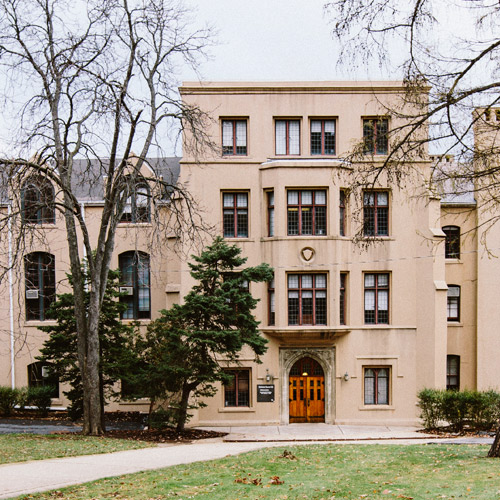
The oldest building on Lehigh’s campus – and one that predates the founding of the university – is Christmas Hall. It was built as a Moravian Church. (The cornerstone was laid on Christmas Eve).
Lehigh founder Asa Packer initially sold the land on which it stands to a group of Moravians, who built the stone structure and held services there. But as plans for the university unfolded, the Moravians agreed to sell the building, allowing Lehigh to renovate it and open a year earlier than first planned, with 39 students. Lehigh’s first classes were held in Christmas Hall on Sept. 3, 1866.
The hall has housed a chemical lab, library, classrooms, dorms and President’s office. It is now home to the mathematics department.
As Lehigh grew, Saucon Hall was built 50 feet to the east. An entryway was later built that joined the two buildings, resulting in the name Christmas-Saucon Hall.
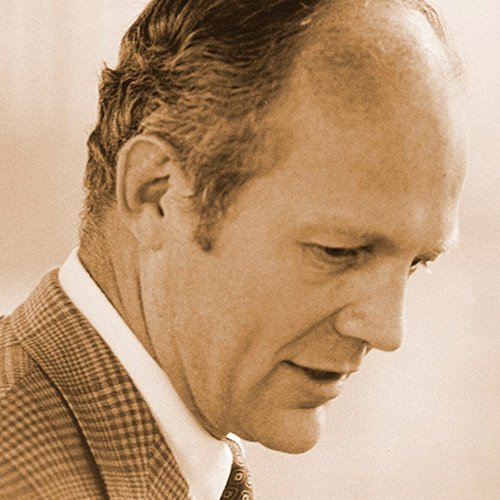
William C. Hittinger, a former chairman and 22-year member of the Board of Trustees, served as Lehigh’s interim president from 1997-1998, following the departure of Peter Likins. Hittinger, an ROTC student, received a bachelor’s degree in metallurgical engineering. He served in the Army from 1943-1946, rising to the rank of captain.
His 40-year career in the electronics industry included positions at Bellcomm Inc., where he oversaw systems engineering for NASA’s manned spaceflight program, and at RCA, where he became executive vice president and was responsible for corporate technology, patents, licensing, and international business and marketing development.
Hittinger served on President Reagan’s National Security Telecommunications Advisory Committee from 1982-86. He was elected to the National Academy of Engineering. While chairman of Lehigh’s Board of Trustees, the university completed the Ulrich Student Center, began building the Zoellner Arts Center, increased financial aid and completed the $305 million Campaign for Preserving the Vision.
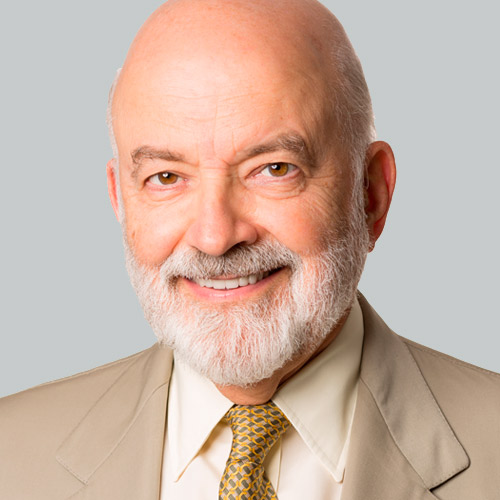
Joseph R. Perella ’64 ’06H – financier, philanthropist, and Lehigh trustee – is a founding partner and chairman of Perella Weinberg Partners, a global advisory and asset management firm. The son of Italian immigrants, he graduated from Lehigh with a business degree, was a crew chief on an F-105 bomber in the U.S. Air Force, and earned his MBA from Harvard. He received an honorary degree from Lehigh in 2006.
As one of Wall Street’s most respected voices, he has advised on countless mergers and acquisitions since the early 1970s at three firms – First Boston, Wasserstein Perella and Co., and Morgan Stanley – before forming Perella Weinberg Partners in 2006.
With his wife, Amy, he has endowed the Perella Department of Finance and four department chairs in the College of Business and Economics. They also endowed a scholarship for Lehigh students from the Newark, N.J. area, where Perella grew up. The largest auditorium in the Rauch Business Center is named in their honor.
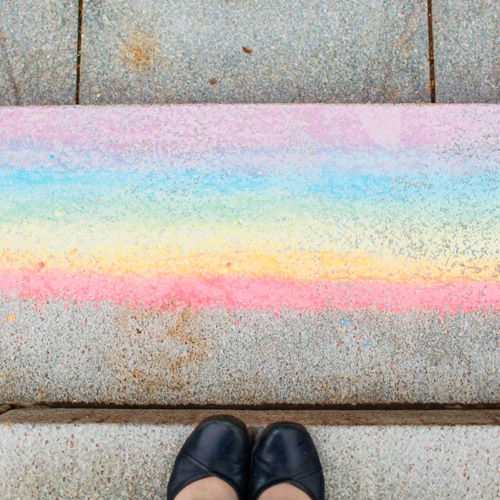
The Pride Center (under the original name of LGBT Services) was created in 2006 as the result of a recommendation by the University Committee on Diversity, a presidential task force. It's overarching goal is to promote and sustain the academic and personal growth of students by creating a welcoming and affirming environment free from homophobia, heterosexism, and gender bias, and to create a safe and supportive academic environment for LGBTQ (Lesbian, Gay, Bisexual, Transgender, Queer/Questioning) students.
The office also cultivates a more welcoming campus through collaborations with the Women’s Center, the Office of Multicultural Affairs and other programs that include outreach to students, staff, and faculty, and the inclusion and integration of LGBTQ issues.
A safe space for LGBT students is the Rainbow Room, located on the second floor of the University Center. It is intended as a gathering place for all students to socialize, study or relax.
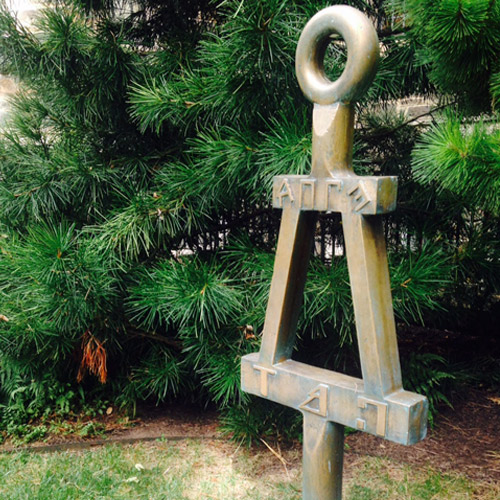
Tau Beta Pi, the oldest engineering honor society in the United States, was founded at Lehigh in 1885 by Edward H. Williams Jr., then head of the university’s mining engineering department. Williams, who earned degrees in chemistry and mining engineering from Lehigh before joining the faculty, wanted to recognize technologically minded students as Phi Beta Kappa honors candidates in arts and sciences.
There are now collegiate chapters at 238 institutions and chartered alumni chapters in 59 cities.
The society’s seal features Lehigh’s colors, brown and white. The official symbol is the “Bent,” a watch key in the shape of the bent of a trestle. The “Bent” was installed in front of Williams Hall (named for its founder) in 1885 but was moved in 2010 to a more visible spot outside Packard Lab, home of Lehigh’s engineering college.
At universities across the country, society members “polish the Bent” as ritual or requirement.
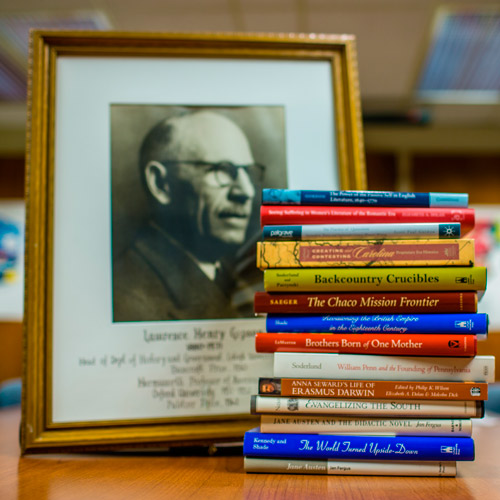
The Lawrence Henry Gipson Institute brings together 18th century scholars from such disciplines as history, English and modern languages. It was created with a generous gift from Pulitzer-Prize-winning historian Lawrence Henry Gipson, who was appointed as a history professor at Lehigh in 1924 and served until his death in 1971. He left his entire estate to Lehigh.
Gipson won the 1950 Bancroft Prize and the 1962 Pulitzer Prize for history for volumes of his magnum opus, The British Empire Before the American Revolution. He was a leader of the “Imperial School” of historians who studied the British Empire from a London perspective and who generally praised the British Empire’s efficiency and political fairness.
The Gipson Institute funds symposia and lectures by visiting scholars, research grants for faculty and students working on projects that deal with the 18th century and a dissertation fellowship for a Lehigh Ph.D. candidate.
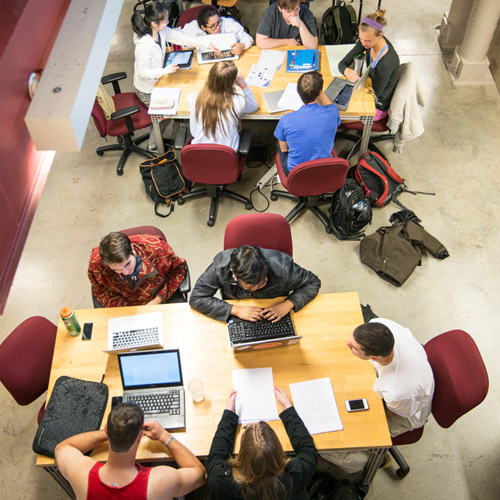
Widely known by their acronyms, IPD, IBE and CSB offer Lehigh students unique multidisciplinary experiences.
Founded in 1980 and one of the first programs of its kind, Integrated Product Development is a set of courses that allows engineering, business and arts students to collaborate on real-world, industry- sponsored projects. These have included a frozen fish-food feeder and a sanitizing mitt system for restroom users.
Integrated Business and Engineering is a four-year honors program that prepares students for the corporate world by teaching them how business and technology fit together. In their capstone projects, student teams have built a flight simulator for a helicopter museum and imagined a wedding hotel.
Computer Science & Business is a degree program that equips students with high-tech and business skills. Projects have allowed students to tackle real-world, corporate problems such as how to improve a company’s method of controlling water loss from dams.
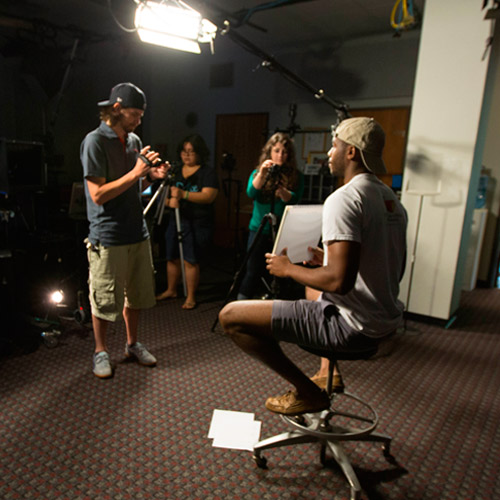
Several alumni with celebrated careers in journalism helped steer national dialogue on issues from presidential politics to secret surveillance programs.
Washington Post Executive Editor Martin Baron '78 '78G '14H has led a notable career, including top positions at the Miami Herald, Los Angeles Times, The New York Times and Boston Globe. Among the Pulitzer Prizes won under his tutelage are those for the Globe’s coverage of the concealment of sexual abuse by Catholic clergy and The Post’s exposure of the National Security Agency’s surveillance programs.
Bloomberg TV anchor Stephanie Ruhl ’97 broke the story of the “London Whale,” identifying the trader behind JPMorgan Chase’s 2012 trading loss.
CNN talk show host Michael Smerconish ’84 authored six books, including the 2014 novel Talk. Andrea Tantaros ’01 is co-host of two Fox News TV shows—Outnumbered and The Five. Michael Golden ’71 ‘74G is vice chairman of the New York Times Company.
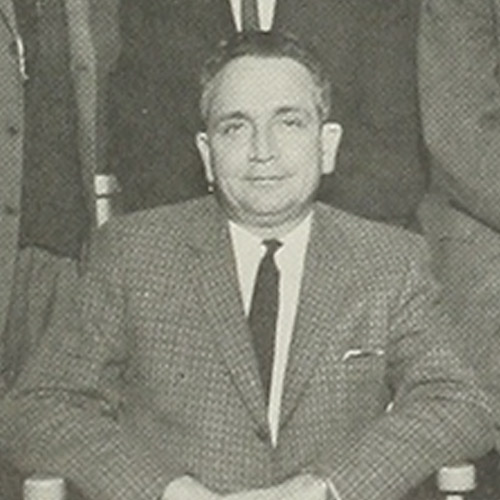
Rocco J. Tresolini was a distinguished and well-respected legal scholar and much-loved Lehigh professor of political science, who taught courses on constitutional law, authored books on the Constitution and American government and served as chair of the then-department of government shortly before his sudden death in 1967 at age 47. He joined the faculty in 1949 after earning his undergraduate degree from Hartwick College and his M.A. and Ph.D. from Syracuse University.
Tresolini is perhaps best remembered at Lehigh for the lectureship established in his name in 1978, through the generosity of Lehigh’s Class of 1961, other alumni and friends of the university.
The Rocco J. Tresolini Lectureship brought a long list of legal luminaries to Lehigh, including U.S. Supreme Court Justice Antonin Scalia; activist Daniel Ellsberg, attorney Barry Scheck, former Attorney General Janet Reno, journalist Nina Totenberg, former White House Counsel John Dean and author Scott Turow.
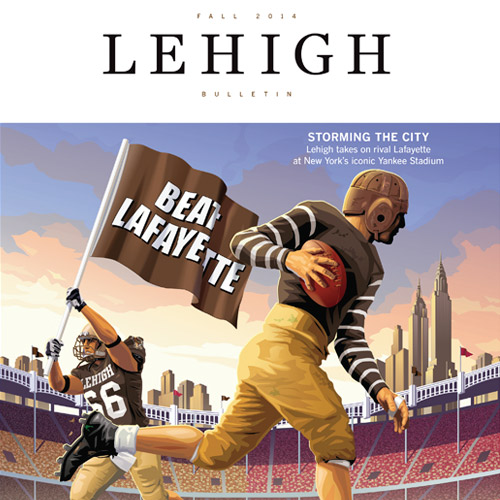
In 1913, the Lehigh Alumni Bulletin was published for the first time.
It was a humble start — a 12-page pamphlet about campus happenings that was designed to promote a closer relationship between alumni and the student body. Lehigh’s fifth president, Henry Sturgis Drinker, used the Bulletin as a vehicle to address alumni.
At the time, alumni groups at colleges across the country were publishing some kind of alumni bulletin yearly, quarterly or monthly. And Lehigh’s Alumni Association was growing with each graduating class: Membership stood at 1,220 in 1900 but more than doubled within 20 years.
Registrar Raymond Walters ’07, who also was a journalism instructor, was the first editor.
The Bulletin grew into a major university publication, publishing monthly in 1920, then nine or 10 times a year. Today the Bulletin, which is chockfull of information about the university, faculty research and alumni achievements, is distributed three times a year.
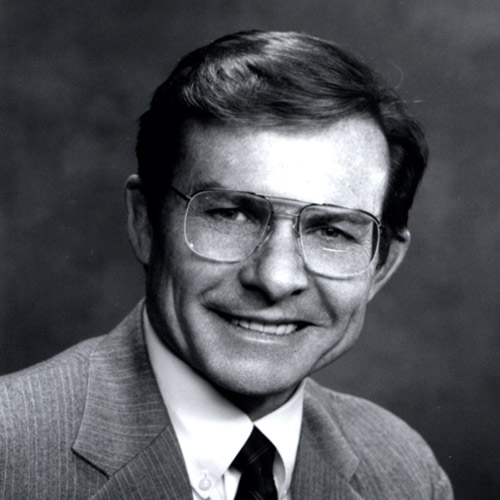
Peter Likins’ 1982-1997 tenure as Lehigh’s 10th president continued what he called the “transformation” of Lehigh that began under his predecessor, Deming Lewis.
Under Likins’ leadership, Lehigh opened the E.W. Fairchild-Martindale Library and Computing Center (1985), purchased the Mountaintop Campus (1986), replaced Taylor Stadium with Goodman Stadium (1988), and built the Rauch Business Center (1990) and Zoellner Arts Center (1997). The university also became home to the North East Tier Ben Franklin Advanced Technology Center, which matches Lehigh professors with entrepreneurs starting new businesses.
Likins, a member of the National Wrestling Hall of Fame and the National Academy of Engineering, helped establish the Philip and Muriel Berman Center for Jewish Studies and led the way in founding the Patriot League. He oversaw great growth in Lehigh’s financial-aid program and the establishment of the Iacocca Institute, the President’s Scholars program and the STAR program, in which Lehigh students tutor local schoolchildren.
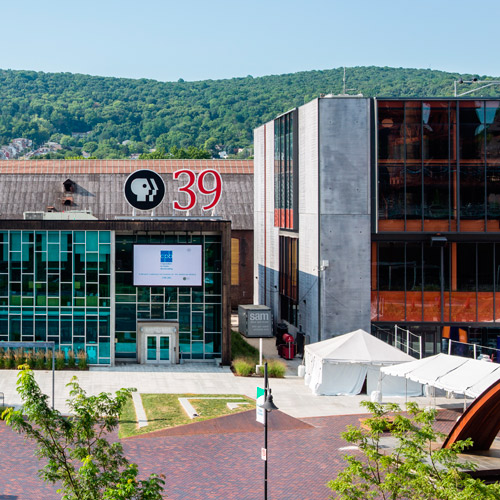
Two community jewels are rooted in Lehigh and its College of Education: WLVT-PBS39 and Northampton Community College.
In the 1960s, John Cartwright, professor of administration, joined Provost Glenn J. Christensen and John Stoops (the first dean of the then-School of Education) to establish the legal foundations for an educational television station. On April 8, 1964, Lehigh’s trustees voted to lease the land needed for the Lehigh Valley station atop South Mountain for $1 per year. The station began broadcasting in 1965 with Christensen as founding president. Now known as PBS39, it relocated to the SteelStacks campus in 2011.
Another community-oriented project led to the formation of Northampton County Area Community College, now Northampton Community College. Christensen, Stoops and other educational civic leaders succeeded in establishing a locally chosen board. Financial support came from local governments. Christensen became the first board chairman in 1966 and held the position until 1977.
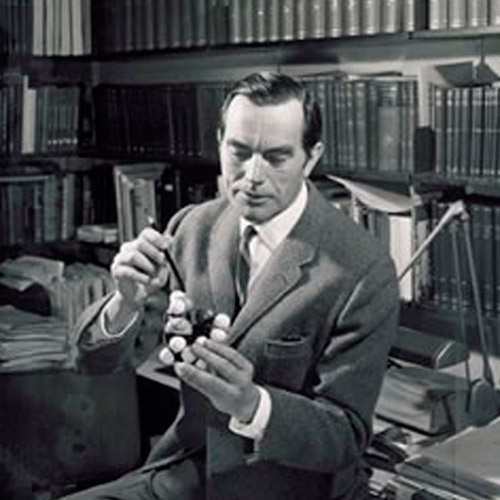
Nelson Leonard worked with teams of chemists on the synthesis and production of Chloroquine in time for the antimalarial drug to be used in the Pacific theatre of World War II. At the University of Illinois, Urbana-Champaign, and the California Institute of Technology, he became a world leader in organic chemistry and helped found the field of bioorganic chemistry.
Leonard investigated the organic compounds that initiate plant, flower, and tree growth from tissue culture, which is vital to horticulture and agriculture. His group helped make fluorescent derivatives of nucleic acid bases to establish their location in enzymes and proteins. His techniques for derivatization of nucleosides, nucleotides and coenzymes and the preparation of fluorescent probes and artificial DNA were widely cited.
From 1943 until 1955, when he was elected to the National Academy of Sciences, Leonard made solo appearances as a bass-baritone with the Chicago, Cleveland and St. Louis Symphony Orchestras.
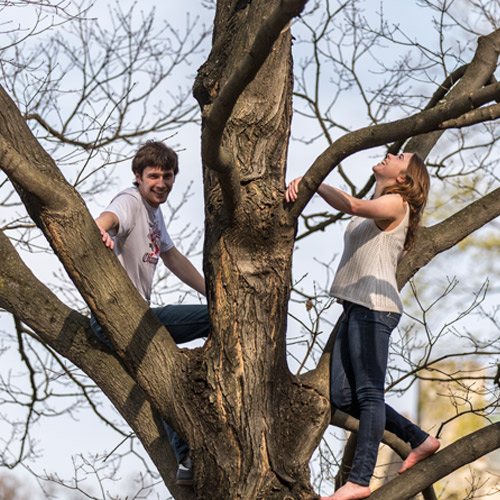
Lehigh’s hilly campus has long been noted for its stately trees, which can be traced back to the efforts of the university’s fifth president, Henry Sturgis Drinker, an 1871 graduate. Drinker, who was trained as an engineer, had a deep interest in forestry. He was moved by the growing blight of the majestic chestnut trees that dotted Lehigh’s campus when he was president in 1905, and he authorized funds for the reforestation of Packer Campus and Sayre Park.
Lehigh remains a good steward of Drinker’s vision, preserving the lush landscape that complements its neo-gothic architecture. Unseasonably brutal weather conditions in the autumns of 2011 and 2012 (Hurricane Sandy) toppled several trees. They were quickly replaced, although the young trees may require decades of growth before they reach their predecessors’ stature.
The university has included active forest management in its long-range sustainability planning, ensuring that the aesthetic appeal of a verdant campus lives on.
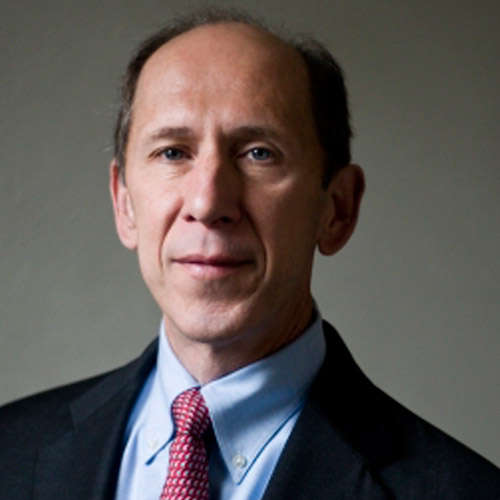
Ken French, the Roth Family Distinguished Professor of Finance at Dartmouth College, earned a B.S. in mechanical engineering from Lehigh and an MBA, M.S. and Ph.D. in finance from the University of Rochester.
French is known for his work on asset pricing with Eugene Fama, the 2013 Nobel laureate in economics. Their articles are among most-cited in finance. They challenged the Capital Asset Pricing Model, which holds that a stock’s expected return is determined only by its sensitivity to general market movements. The Fama and French three-factor model says a stock’s expected returns also depend on its sensitivity to a size factor (the return on small stocks minus the return on big stocks) and to a value factor (the return on high book-to-market value stocks minus the return on low book-to-market growth stocks). The model explains patterns in stock returns that had been considered anomalies.
French has also taught at M.I.T., Yale, and the University of Chicago.
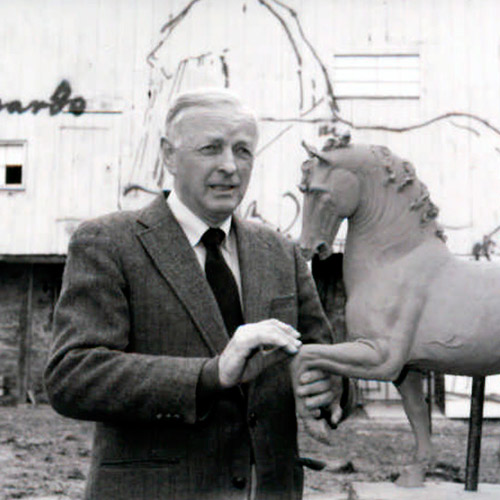
Charlie Dent possessed an incurably restless spirit. During his career as a United Airlines pilot, he collected countless European art treasures while campaigning for international air safety and founding an organization called U.N. We Believe. Dent spent his final two decades resurrecting Leonardo Da Vinci’s “Il Cavallo,” a 24-foot-tall, never-completed equestrian statue.
Leonardo had sculpted a clay model of his masterpiece but it was destroyed by soldiers in 1499 before it could be cast in bronze. In 1967, Leonardo’s drawings of the horse were discovered; a decade later, Dent obtained a catalog of the sketches, consulted art historians and learned to sculpt. He hired other sculptors, founded Leonardo da Vinci’s Horse Inc. (LDVHI) and began recreating Il Cavallo on his family farm west of Allentown.
In 1999, five years after Dent died, LDVHI unveiled the completed bronze statue in Milan, Italy.
Dent’s nephew, Charles Dent ’93G, is a Pennsylvania Congressman.

